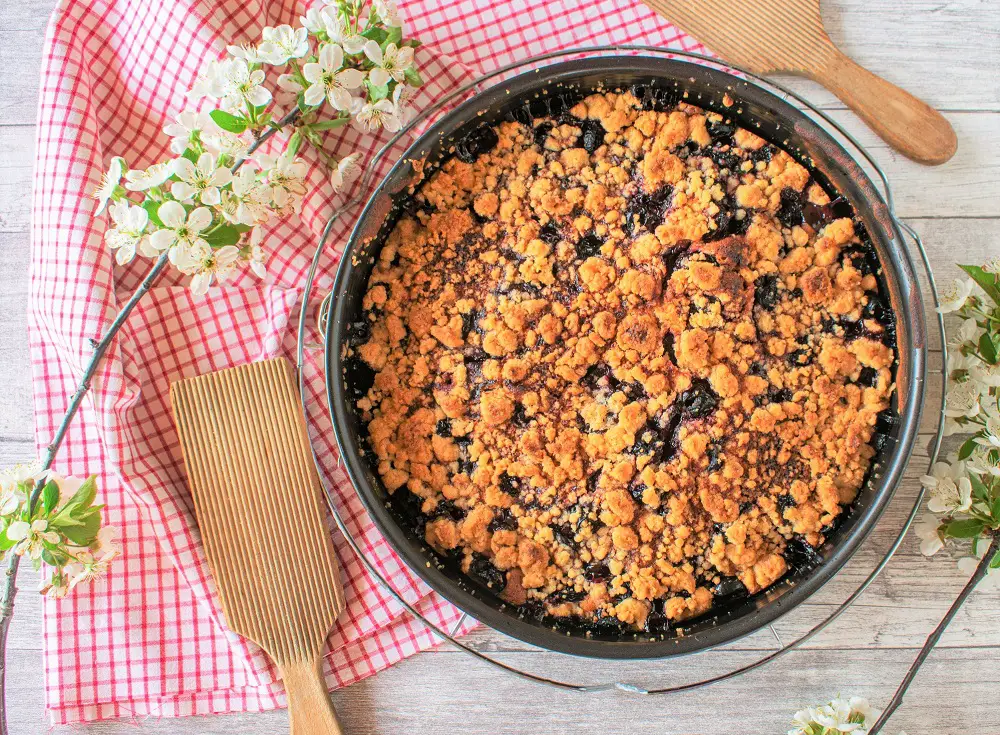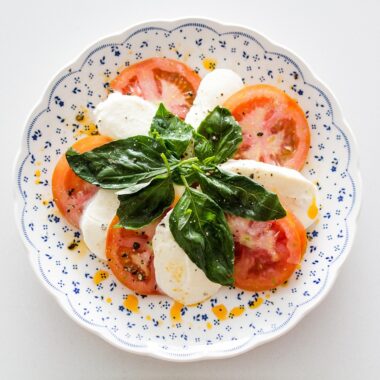Beef lentil soup is a hearty, nutrient-packed meal that’s perfect for lunch or dinner. This delicious soup combines the rich flavors of beef with the earthy goodness of lentils, creating a balanced dish that’s both satisfying and nutritious. Whether you’re looking for a cozy winter meal or a lighter yet filling option in the summer, this recipe is versatile and can be tailored to suit your taste. In this article, we’ll guide you through the process of making the perfect beef lentil soup, offer some variations, and discuss its health benefits.
Ingredients for Beef Lentil Soup
Main Ingredients
Beef (stew meat or chuck roast): 1 pound, cut into small cubes
Lentils: 1 cup, rinsed and drained
Vegetables:
Onion: 1 large, finely chopped
Carrots: 2 medium, diced
Celery: 2 stalks, diced
Potatoes: 2 medium, peeled and cubed
Garlic: 3 cloves, minced
Tomatoes: 1 can (14 ounces) of diced tomatoes
Beef Broth: 6 cups (or substitute with vegetable broth)
Olive Oil: 2 tablespoons
Tomato Paste: 2 tablespoons
Seasonings and Herbs
Bay Leaves: 2
Thyme: 1 teaspoon (dried or fresh)
Paprika: 1 teaspoon
Ground Cumin: 1 teaspoon
Salt and Black Pepper: To taste
Fresh Parsley: For garnish (optional)
Step-by-Step Cooking Instructions
Step 1: Preparing the Beef
Heat olive oil in a large soup pot or Dutch oven over medium-high heat.
Season the beef cubes with salt and pepper, then add them to the pot. Sear the beef until browned on all sides, about 5-7 minutes.
Remove the beef from the pot and set it aside. This step locks in the juices and enhances the flavor of the soup.
Step 2: Sauté the Aromatics
In the same pot, add more olive oil if needed and reduce the heat to medium.
Sauté the onions, carrots, and celery for about 5 minutes or until softened.
Stir in the garlic, paprika, and cumin, cooking for an additional minute to release their aromas.
Step 3: Building the Soup Base
Add the tomato paste to the pot and stir well to coat the vegetables.
Pour in the canned diced tomatoes and stir to combine.
Return the seared beef to the pot and add the beef broth.
Toss in the bay leaves and thyme.
Step 4: Cooking the Soup
Bring the mixture to a boil, then reduce the heat to low and let it simmer for 30 minutes.
Add the lentils and potatoes, stirring to incorporate them evenly.
Cover the pot partially and continue to simmer for another 30-40 minutes, or until the lentils and potatoes are tender.
Step 5: Final Touches
Taste the soup and adjust the seasoning with additional salt and pepper if needed.
Remove the bay leaves before serving.
Garnish with freshly chopped parsley for added freshness and visual appeal.
Serving Suggestions
Beef lentil soup can be enjoyed on its own or paired with:
Crusty Bread: Perfect for dipping and soaking up the flavorful broth.
Rice or Quinoa: Add a scoop to your bowl for extra texture and nutrition.
Side Salad: A simple green salad can complement the richness of the soup.
Tips for the Best Beef Lentil Soup
Choose the Right Lentils: Use brown or green lentils for this recipe, as they hold their shape well during cooking. Red lentils can become mushy and are better suited for pureed soups.
Low and Slow Cooking: Allow the soup to simmer slowly to develop deep, rich flavors.
Make It Ahead: Beef lentil soup tastes even better the next day, making it an excellent make-ahead meal.
Storage: Store leftovers in an airtight container in the refrigerator for up to 4 days or freeze for up to 3 months.
Variations to Try
Spicy Beef Lentil Soup
For a spicy kick, add:
1 teaspoon of red chili flakes or cayenne pepper.
A dash of hot sauce before serving.
Mediterranean Twist
Incorporate Mediterranean flavors by adding:
1/2 cup of chopped spinach or kale.
1 teaspoon of dried oregano.
A squeeze of fresh lemon juice for brightness.
Vegetarian Option
Swap the beef with additional vegetables like zucchini or mushrooms and use vegetable broth instead of beef broth.
Creamy Beef Lentil Soup
For a creamy texture:
Stir in 1/2 cup of heavy cream or coconut milk during the last 5 minutes of cooking.
Health Benefits of Beef Lentil Soup
Rich in Protein: Beef and lentils are excellent sources of protein, supporting muscle growth and repair.
Packed with Fiber: Lentils provide dietary fiber, aiding digestion and promoting heart health.
Vitamin-Rich: The vegetables in the soup are loaded with vitamins and minerals like Vitamin A, Vitamin C, and potassium.
Low in Fat: By using lean cuts of beef and minimal oil, this soup is a nutritious yet hearty meal.
Frequently Asked Questions
Can I use ground beef instead of beef cubes?
Yes, ground beef can be a quicker alternative. Simply brown it in the pot before adding the vegetables.
Can I cook this in a slow cooker?
Absolutely! Sear the beef and sauté the vegetables as directed, then transfer everything to a slow cooker. Cook on low for 6-8 hours or on high for 3-4 hours.
Can I substitute lentils with other legumes?
Chickpeas or split peas can be excellent substitutes, though cooking times may vary.
Beef lentil soup is a timeless dish that combines comfort, nutrition, and versatility. Its robust flavors and wholesome ingredients make it a favorite for families and food enthusiasts alike.
By following this recipe and experimenting with the variations, you can create a soup that suits your palate and dietary needs. Give it a try, and savor the satisfaction of a homemade meal that warms the heart and nourishes the soul!


















